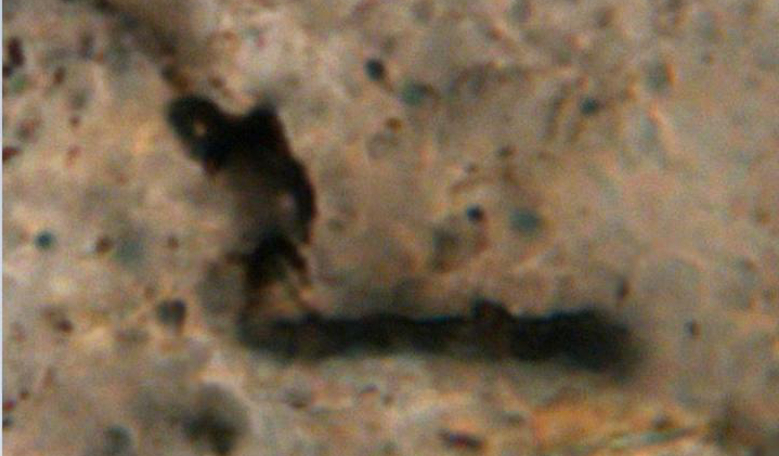A new analysis of 3.465 billion year old microorganisms from Western Australia that apparently produced methane gas, is adding weight to the idea that life in the Universe is indeed common.
The fossil microorganisms have been the subject of intense scrutiny since 1993, but it is only in the past few years that researchers, led by J. William Schopf, a professor of paleobiology at UCLA College, have been able to use a method to reveal the the ratio of carbon-12 to carbon-13 isotopes – information scientists can use to determine how the microorganisms lived.
The method to separate the carbon from each fossil into its constituent isotopes relies on the use of a secondary ion mass spectroscopy, or SIMS, and such instruments are very limited – just a few in the world are available for studies such as these.
The difference in carbon ratios can tell a lot about the biology and metabolic function of a microorganism; for example photosynthetic bacteria have different carbon signatures from ones that produce and consume methane.
"By 3.465 billion years ago, life was already diverse on Earth; that's clear – primitive photosynthesisers, methane producers, methane users," said Schopf, the study's lead author. "These are the first data that show the very diverse organisms at that time in Earth's history, and our previous research has shown that there were sulfur users 3.4 billion years ago as well.”
"This tells us life had to have begun substantially earlier and it confirms that it was not difficult for primitive life to form and to evolve into more advanced microorganisms,” added Schopf.
Oxygen first appeared on Earth approximately half a billion years after these fossils had formed, therefore Schopf believes that advanced photosynthesis had not yet evolved. Instead, these microorganisms appear to have performed a primitive form of photosynthesis, while another apparently produced methane gas, and two others appear to have consumed methane and used it to build their cell walls.
Primitive photosynthesisers are somewhat rare on Earth today because they exist only in places where there is light but no oxygen - a molecule we now have an abundance of since its concentration in our atmosphere increased rapidly starting about 2 billion years ago.
The study, which appears in the journal Proceedings of the National Academy of Sciences, therefore strongly suggests that the presence of primitive life could be a common occurrence throughout the Universe, because it would be extremely unlikely that life formed quickly on Earth but did not arise anywhere else.
“If the conditions are right, it looks like life in the Universe should be widespread," said Schopf.
However, the presence of more advanced life is very possible but less certain.











